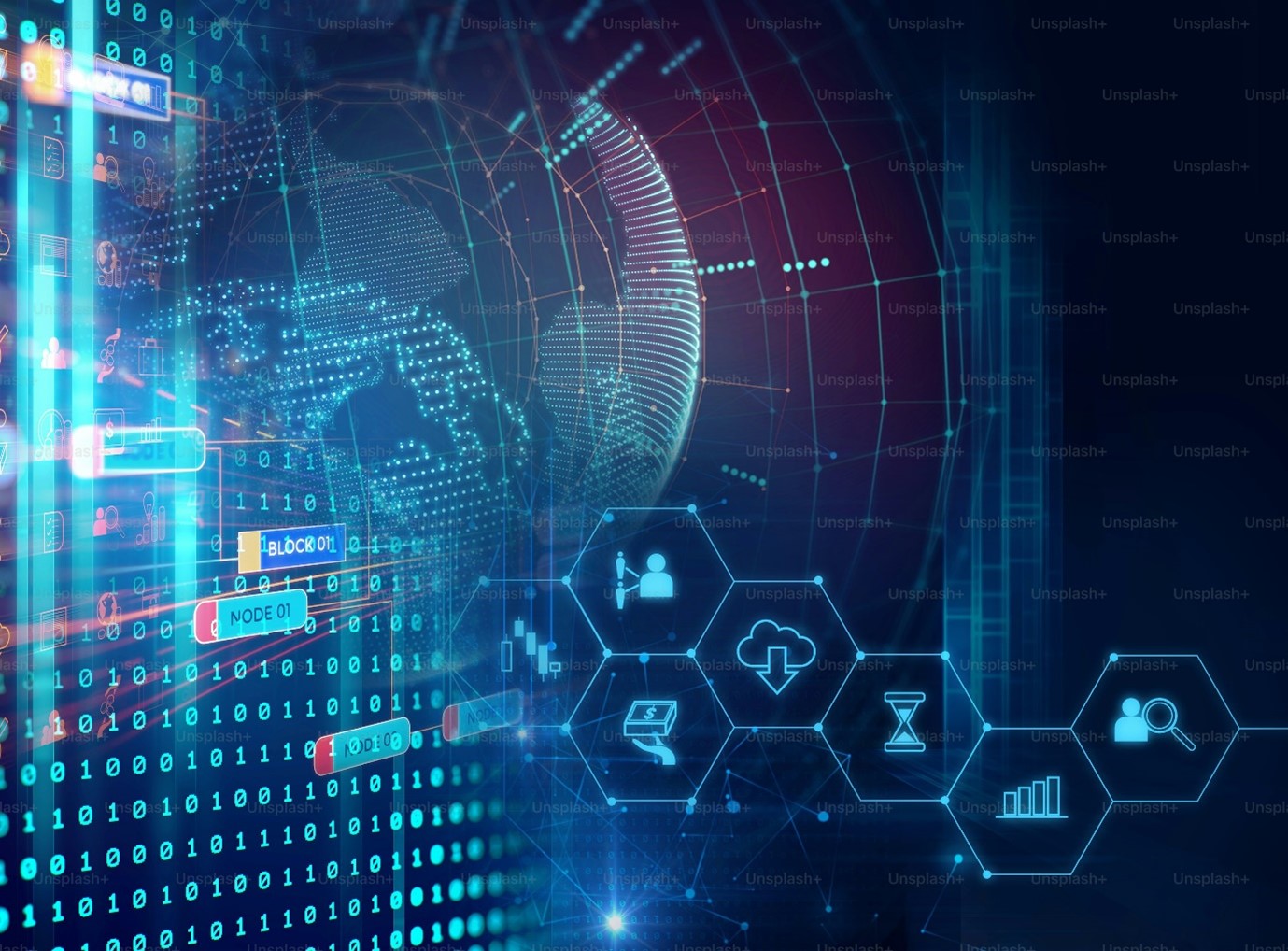OpenAI Strives for the Most Human-Like Voice
Although artificial intelligence brings various changes, in many cases, artificially generated voices have remained quite rough and easily identifiable as AI-generated productions. However, now various companies, including OpenAI, offer advanced capabilities and alternatives that enhance the ability of machine learning technologies to understand and mimic human speech in a realistic and expressive way, almost indistinguishable from natural human speech.
AI Voice Features
In September, OpenAI announced that advanced voice mode (AVM) functionality would be available at the ChatGPT Plus and Teams levels, allowing AI-generated voices to sound more natural. This change comes with the introduction of the enhanced voice mode, and ChatGPT will offer a total of nine voices.
AI voice technology is focused on creating human-like speech using cutting-edge methods. Advanced voice assistant tools are not only capable of understanding and deciphering spoken words but also of analysing context, recognizing the speaker’s tone and emotions, and providing an appropriate response based on these factors.
When analysing AI-generated voices, several technical aspects can be discussed. The creation of these voices involves three main methods:
First, machine learning algorithms. These are significant because they enable systems to continuously learn from data, improving AI outcomes over time. The datasets incorporate a large amount of detailed linguistic models, including phonetic structures and speech dynamics. This allows AI-generated voices to refine their sound, making them as similar as possible to human speech, without standing out due to differences in phonetics or intonation.
Second, natural language processing (NLP). This is perhaps the most crucial technological aspect of AI voice, as it directly impacts the understanding and interpretation of human speech. NLP enables AI to transform specific data, which may be expressed in numbers or facts, into narratives that sound highly natural. This opens up the possibility for synthetic voices to speak in complex sentences and incorporate advanced language features, regardless of word similarities or ambiguities.
Third, the speech synthesis method. These methods are at the core of AI and a prerequisite for machines to process text. First, syntax is involved. NLP algorithms break down sentences into structural data and segments that the system can process. Then comes sentiment analysis, which essentially reads between the lines to understand the overall tone.
Different synthesis methods can be used. For example, concatenative synthesis, where recorded speech is combined, parametric synthesis, which creates mathematical models, and one of the most advanced methods, neural TTS, which uses deep learning models–neural networks.
One crucial aspect of this technology’s advancement remains its continuous interaction with humans. By communicating in everyday tasks, machine systems learn and, as they improve, can better understand queries and provide accurate responses.
AI Voice Technologies from Different Companies
For instance, Google has introduced a tool called WaveNet, which is also capable of generating speech that sounds natural and is considered one of the leaders in this field, although it has weaker capabilities in analysing contextual information.
Microsoft has also developed Azure Cognitive Services. While its voice naturalness is slightly behind the two companies mentioned, it remains an excellent AI voice synthesis option, especially well-suited and easily integrated into various Microsoft products.
Since OpenAI uses advanced methods and incorporates the most innovative neural networks in its AI voice technology, the generated voices sound extremely realistic, capturing natural speech rhythm and tone after conducting high-quality context and emotion analysis. This sets OpenAI’s tools apart from others.
Final Word
The development of artificial intelligence opens up new solutions and brings us closer to the substitution of human resources, as it can now easily mimic human voices. This solution brings countless new discoveries and innovations to both businesses and everyday life, while also presenting certain challenges that lie ahead. Sources: AutoGPT, Google, Microsoft, OpenAI, Podcastle, TechCrunch





